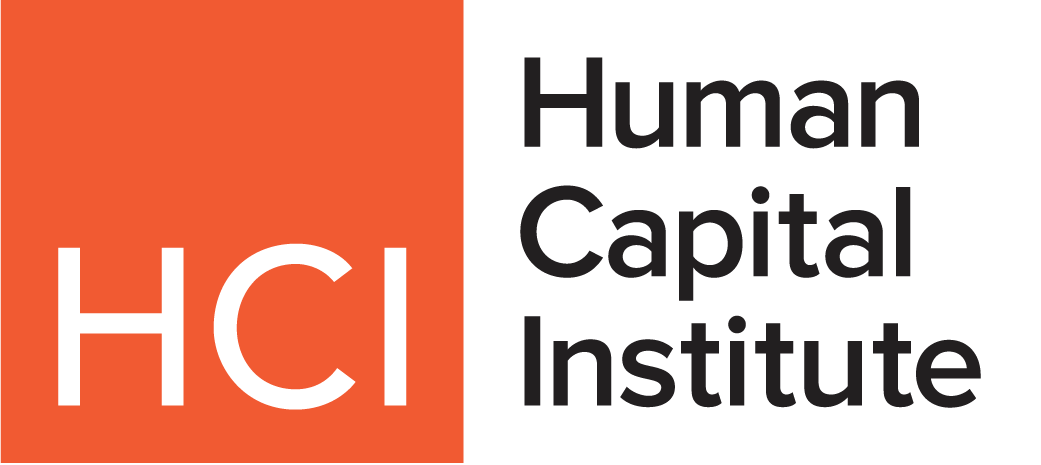One of the biggest financial challenges for millions of employees in the United States is paying off student loan debt. According to the Federal Reserve, total student loan balances in the second quarter of this year hit $1.64 trillion—a number that has increased threefold in just two decades.
After the pause on student loan payments during the COVID-19 pandemic expired, many borrowers are struggling to keep up—delinquencies and defaults are at record highs. This has a severe negative impact on credit scores and employee well-being.
The heavy student loan debt burden isn’t just a significant obstacle for employees—it’s a problem for their companies. Financial stress can lead to employee disengagement, burnout, and turnover, which is why HR teams must help employees manage their finances more effectively.
Fortunately, when it comes to reducing student loan debt, HR teams have a wide range of resources. For example, unused PTO can be repurposed to help employees pay off their student loans—a budget-neutral solution that will improve employees’ financial situations without increasing costs for the company.
HR teams should be thinking more creatively about how they can ease the debt burden for their employees, and turnkey benefits like convertible PTO are valuable assets in this effort. By helping employees manage their student loan debt, companies won’t just improve their overall financial health—they will also improve retention and productivity.
A Growing Student Loan Debt Crisis
Over the past two decades, the number of college graduates in the United States has surged. However, a drastic rise in the cost of higher education and ballooning student loan debt has made many Americans second guess whether attending college is worth it.
Over 42 million Americans have federal student loan debt, and the average debt per borrower is nearly $40,000. Five million borrowers are more than 90 days past due on their payments. It’s no wonder that just 22 percent of Americans say college is worth it if they have to take out loans.
The student loan debt crisis extends across all generations. While a substantial proportion of Gen Z and Millennials have large debt burdens, Gen X is in an especially precarious position—6 million borrowers aged 50 to 61 have the highest average student loan balance of any age group: nearly $48,000. This problem is particularly urgent with Gen X rapidly approaching retirement.
The growth in student loan debt is exacerbated by rising household debt across the board, which reached $18.39 trillion in the second quarter of this year. Credit card balances have risen by nearly 5.9 percent over the past year and stand at $1.21 trillion.
At a time when nearly 90 percent of employees say they’re stressed about finances, HR teams have a responsibility to address the biggest sources of this stress—and student loan debt is at the top of this list.
Flexible Benefits Can Address Urgent Financial Needs
As HR teams consider how to ease employees’ onerous student loan debt burden, they should take a hard look at their benefits programs. Employee benefits are a major aspect of overall compensation, and companies should always make sure that these benefits are being put to the best possible use.
Take PTO, for instance, which is a pillar of benefits packages for most companies. Harris reports that 78 percent of employees don’t use all the PTO that’s available to them, which means the vast majority of employees aren’t getting the full value of their benefits.
As employees struggle with student loan debt and other financial pressures, this status quo needs to be challenged. With convertible PTO, HR teams give employees the ability to reallocate the value of their unused paid leave toward an array of other financial priorities: retirement contributions, health savings accounts, charitable donations, and of course, student loan payments.
Many employees have to worry about their own student loan debt plus the costs of paying for their children to attend college, and they can redirect their PTO toward a tax-advantaged 529 Plan to offset some of those costs.
Employees are increasingly demanding flexible and personalized benefits—as workforces become increasingly diverse and intergenerational, HR teams can’t treat employees as interchangeable. According to a MetLife survey, 70 percent of employees say customized benefits would increase their loyalty to their companies. By allowing employees to leverage unused benefits to pay for their student loans—or in whatever ways work for them—HR teams will meet this demand.
Strategies for Student Loan Assistance
While the proportion of companies offering student loan assistance has increased significantly over the past five years, 86 percent still aren’t doing so. As student loan debt continues to explode—the average monthly payment is $536, while typical borrowers take 20 years to repay their debt—employers should increase their student loan assistance.
There are many ways this can be done, and HR teams should have open discussions with employees to determine which ones make the most sense on a case-by-case basis.
One of the simplest ways HR teams can alleviate student loan debt is with tuition assistance. Companies can provide tuition reimbursement, stipends, scholarships, and grants for qualifying programs and institutions.
Employees aren’t taxed on the first $5,250 of payments as part of a qualified educational assistance program, so employers can also consider providing direct support for student loan payments up to that amount. HR teams also have to make sure employees are aware of all their options—under the SECURE 2.0 Act, for instance, employers can provide 401(k) matches based on student loan payments. Employers can also provide educational materials about debt consolidation and refinancing, income-driven repayment plans, options for debt relief, and loan forgiveness programs.
Although student loan debt has become a huge financial drag for employees, there are many ways HR teams can help them get this debt under control. As the student loan debt clock continues to tick upwards, it has never been more important to use all the resources available to help employees pay off this debt and climb onto firmer financial ground.



